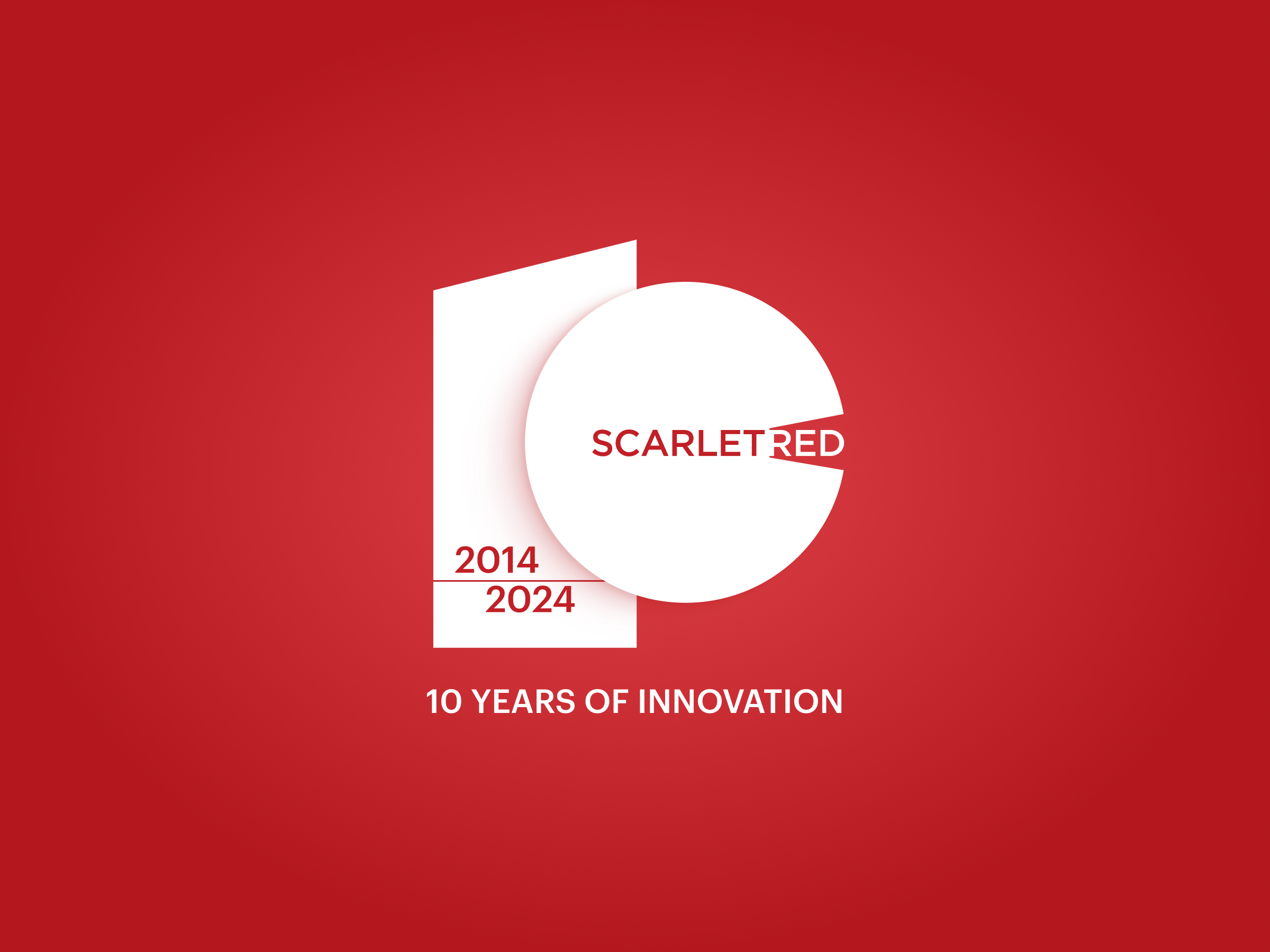
Understanding Alopecia Areata and Innovating Treatment with Scarletred®Vision
Alopecia areata, characterized by patchy hair loss, presents a severe mental burden for the affected. Scarletred®Vision can detect and quantify hair loss patches to support medical treatment and disease progression.
Hair loss can manifest in various forms. The most common types of hair loss, diffuse (androgenic) Alopecia and Alopecia areata, present distinct patterns, allowing for differentiation and tailored management strategies. Diffuse alopecia presents as an overall hair thinning of the scalp and accounts for 95% of all alopecia patients. It is very common, affecting 50% of males and 25% females over the age of 50, due to androgen sensitivity. Although all forms of hair loss can be a burden to the individual, Alopecia areata continues to be a subject of both a medical and a social challenge. This autoimmune condition, characterized by sudden hair loss in well-defined patches, not only affects physical appearance but also causes significant emotional distress.
Revealing the Path: Understanding Alopecia Areata
Alopecia areata (AA) is estimated to affect approximately 2% of the global population, making it one of the most prevalent autoimmune conditions. At its core, AA is an autoimmune disease in which the body's immune system mistakenly attacks hair follicles disrupting normal hair growth. Hair loss typically occurs in round patches on the scalp, face, and body. Factors like genetics, stress, and environmental triggers play a role in its onset. Despite its global prevalence, the condition transcends borders, often leading to social stigma and emotional distress, especially among women for whom hair is culturally significant.

Beyond the Surface: Mental Health Struggles for Affected Patients
In addition to visible changes, AA patients frequently face mental health challenges, including anxiety, depression, and social withdrawal. Addressing these psychological effects is integral to holistic care, requiring access to mental health resources and supportive networks.
Navigating Treatment and Research: Current Approaches and Challenges
While there is currently no cure for AA, several treatment options are available to manage symptoms and aim to suppress the autoimmune response to promote hair regrowth. Corticosteroids (injections or oral), topical immunotherapy (e.g., with diphencyprone or squaric acid dibutyl ester), and oral immunosuppressive medications (e.g. JAK inhibitors) are among the therapeutic approaches used. Also Phototherapy, namely psoralen plus ultraviolet A (PUVA) therapy, may also be used to target immune cells in the skin and stimulate hair regrowth. Currently, the role of various cytokines is being investigated, as interleukin-15 (IL-15) and IL-17 are among the elevated parameters in AA patients and may be used as targets for future therapeutics. However, treatment efficacy varies among individuals, and relapse is common, highlighting the need for personalized approaches and ongoing research.

Pioneering Solutions: Scarletred®Vision Redefines Assessment and Treatment
In this era of innovation, Scarletred®Vision offers a solution for both patients and clinicians. Our new study leverages Scarletred®Vision, a CE-certified Class 1m medical device software, to revolutionize the evaluation of AA. Advanced AI algorithms now enable the precise measurement of key parameters, including the number of active follicles, visible hairs, and mean hair length. For example, in a scalp study analyzing a 6.5 cm² area, 281 follicles and 306 hairs were detected, with a mean hair length of 0.52 cm and a hair density of 47%. Similarly, a beard growth study tracked changes in active follicles, visible hairs, and daily hair length over five days, providing a comprehensive view of hair growth progression.


Scarletred®Vision supports healthcare professionals in using metrics like SALT scores for severity assessment and QoL tracking through ePROs. These capabilities enhance clinical decision-making, enabling precise tracking of disease progression and treatment responses. By offering remote monitoring and advanced analytics, the platform bridges the gap between clinical research and practical care.

Alopecia areata is more than just a dermatological condition—it is a multifaceted challenge that extends beyond the realm of medicine. By addressing the stigma surrounding hair loss, prioritizing mental health support, advancing treatment options, and investing in research, we can pave the way for a brighter future for those affected by this condition. With Scarletred®Vision at the forefront, we are not only revolutionizing the way we approach alopecia areata but also reshaping the narrative surrounding it—one image, one data point at a time.
Curious about more? Contact us via Office Scarletred to start your journey with Scarletred®Vision today.


